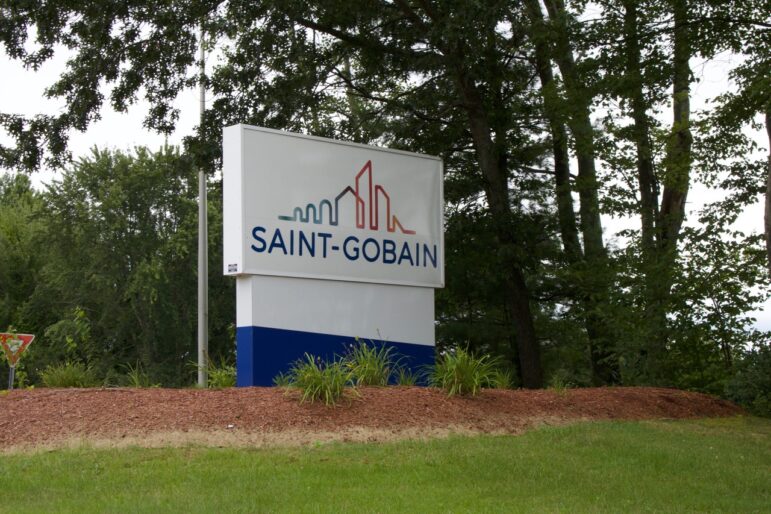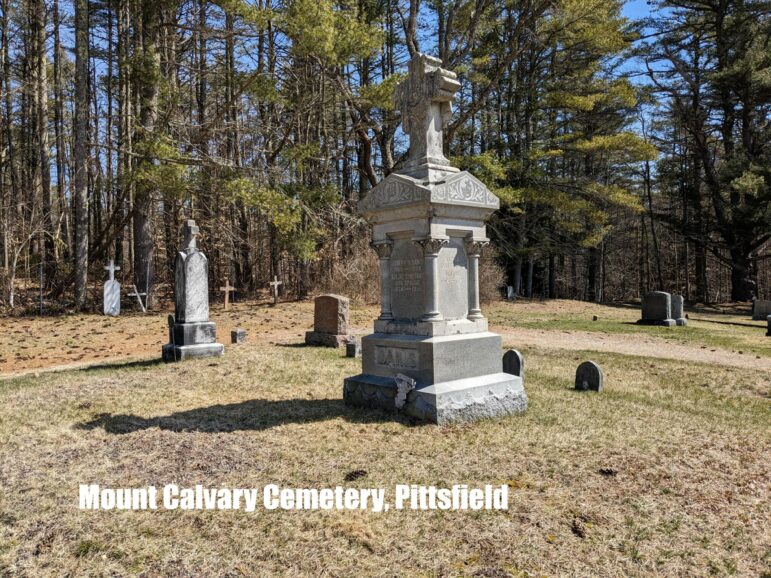By Chris Jensen
InDepthNH.org
BETHLEHEM – Amid concern that 100-year storms will be happening more often, a new report has worrisome news for towns and landowners in the Ammonoosuc River watershed: About half of 474 culverts investigated will fail in such downpours.
By “failure” the researchers don’t mean the culvert will necessarily wash out. But so much water will back up that it will flow over the top of the culvert and across the top, such as a road or trail.
“Even if we have a high water event and a culvert doesn’t wash out it can still be undermined and the integrity of that structure is reduced making it more and more vulnerable to subsequent events,” said Rachelle Lyons, a Research Assistant Professor of Environmental Studies at Plymouth State University.
“Under a changing climate regime we can anticipate having more severe and more frequent flood events that do wash out culverts,” she said at a recent meeting of the Bethlehem Conservation Commission.
A 100-year storm means there is a one percent chance of a storm of such severity happening in any given year, according to the United States Geological Survey. But the USGS says that does not always mean a 100-year flood. Variables range from how uniformly the rain falls to whether the ground is already so saturated that it can’t absorb the new rainfall.
The project was carried out by Plymouth State University, New Hampshire Fish and Game, The Ammonoosuc Chapter of Trout Unlimited, the national Trout Unlimited organization and the North Country Council.

Chris Jensen photo
The study pinpointed more than 700 steam crossings and evaluated their ability to handle storms.
The focus was the stream crossings, such as culverts and bridges, in the Ammonoosuc River’s watershed. The researchers found about 780 crossings as the river stretches about 60 miles from its source on Mount Washington to the Connecticut River at Woodsville.
Its watershed includes the communities of Bath, Benton, Bethlehem, Bretton Woods, Carroll, Chandlers Purchase, Crawford’s Purchase , Easton, Franconia, Haverhill, Landaff, Lisbon, Littleton, Lyman, Sugar Hill, Sargent’s Purchase, Thompson-Meserves Purchase and Woodstock.
“It was a huge project. We did cover a lot of ground and it was the first time this type of project has ever been done on such a large scale,” said Dianne Timmins, a biologist with New Hampshire Fish and Game, who worked on the project.
One of the study’s conclusions is the need to alert communities that they will be spending more money for road repairs.
Another was to note a serious environmental problem: culverts preventing wildlife – including Brook Trout and amphibians – from moving among their natural habitats.
Lyons said she also hopes the study will get towns to thinking about trying something new when replacing inadequate culverts.
“Instead of replacing a culvert with a culvert, maybe this is a site that should be considered for a bridge,” she said.
A properly sized bridge would allow a greater water flow and make it easier for animals to move up or down a waterway.
Lyons said one thing she’s pondering is whether there is an inexpensive way to make timber bridges to replace metal culverts. That would help the timber industry, the environment and the road infrastructure, she said.
While funding culvert repairs can be a challenge for towns and individuals, grants are sometimes available in categories ranging from community safety to helping fish and wildlife, said Michelle Moren-Grey, who provides such assistance at The North Country Council.





